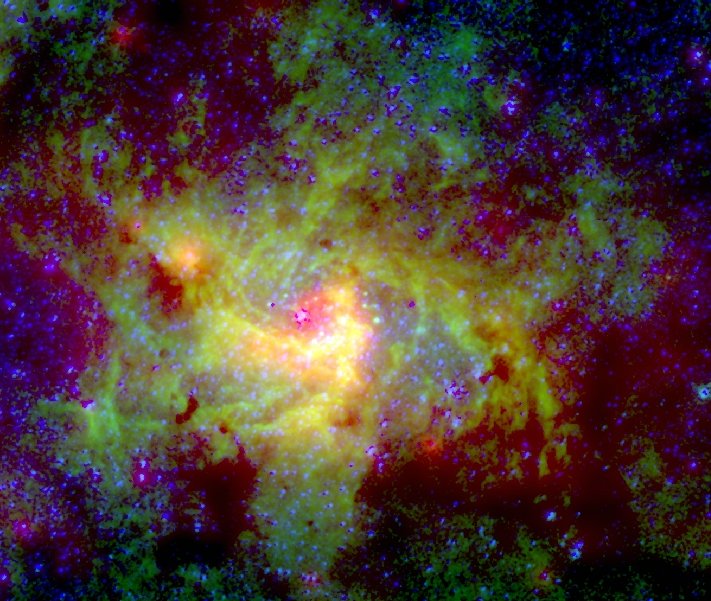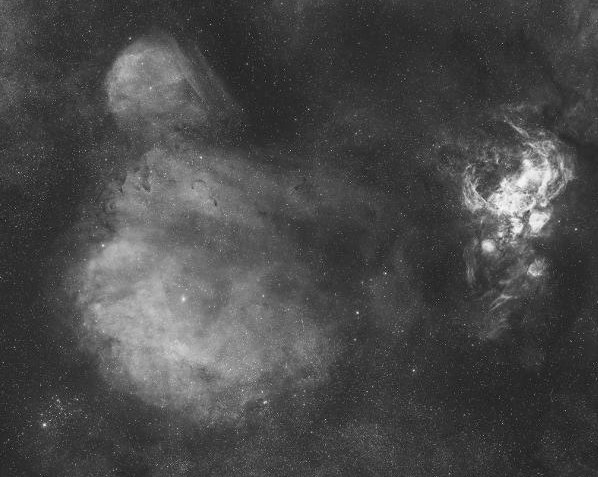New first quadrant map
Anderson and Bania from Boston University have published a set of distance estimates for 266 radio HII regions, including many from the Lockman compact and diffuse HII region catalogs. You can find the paper describing the derivation of these estimates here.
This paper is inspiring because it shows how detailed observations over a wide area can map out large parts of the Milky Way.
In particular, Figure 8 in the Anderson and Bania paper reveals the structure of the Scutum-Centaurus arm as it emerges from the near end of the molecular bar, and also maps out the (weaker) Sagittarius arc in the first galactic quadrant. The result is remarkably consistent with the Milky Way illustration Robert Hurt produced last June, suggesting that Hurt may have used an earlier version of this data when creating his illustration. (Note that Hurt's illustration is rotated 180 degrees compared to the standard Milky Way orientation used in most scientific papers, including Anderson and Bania's Figure 8.)


